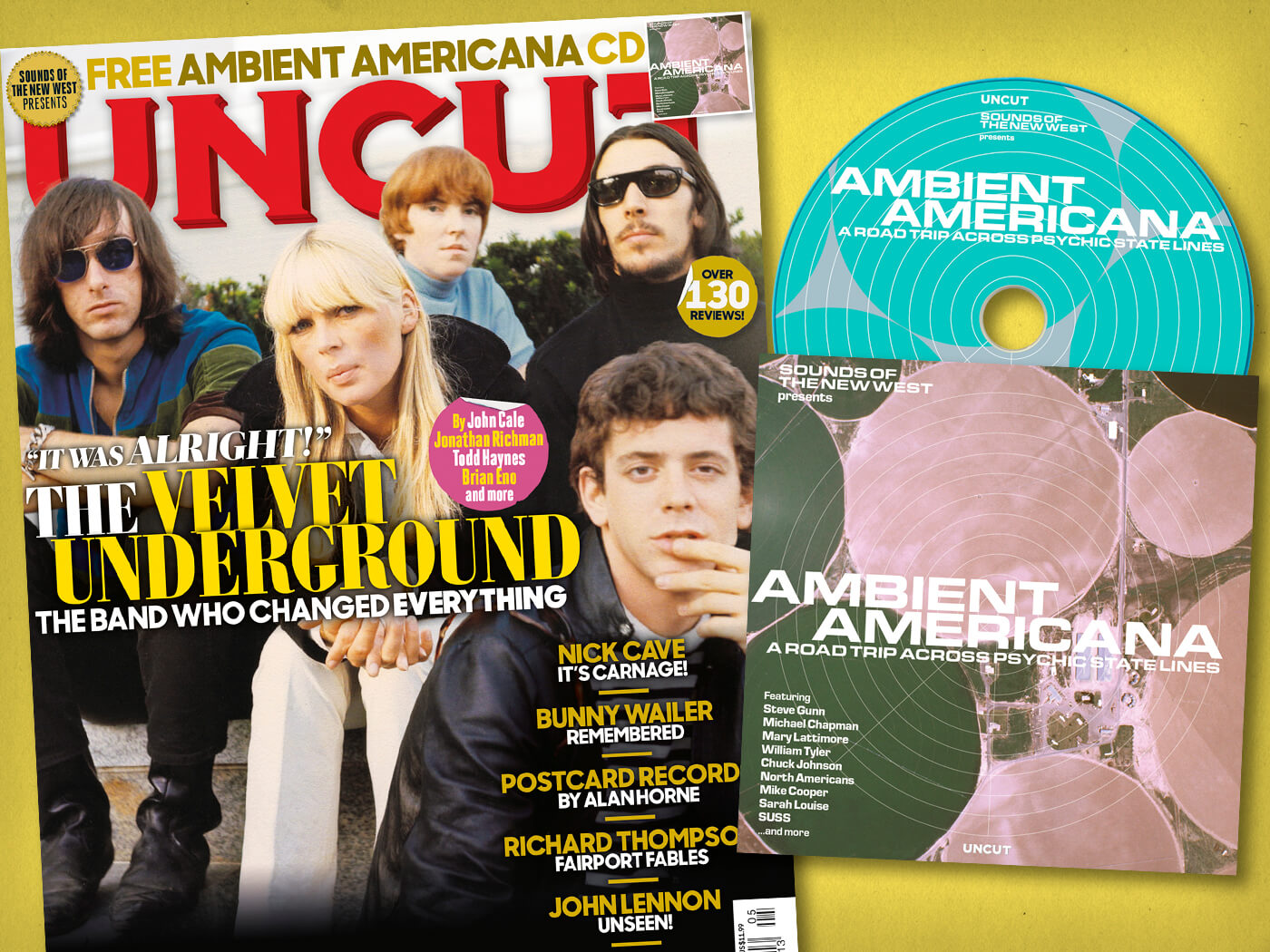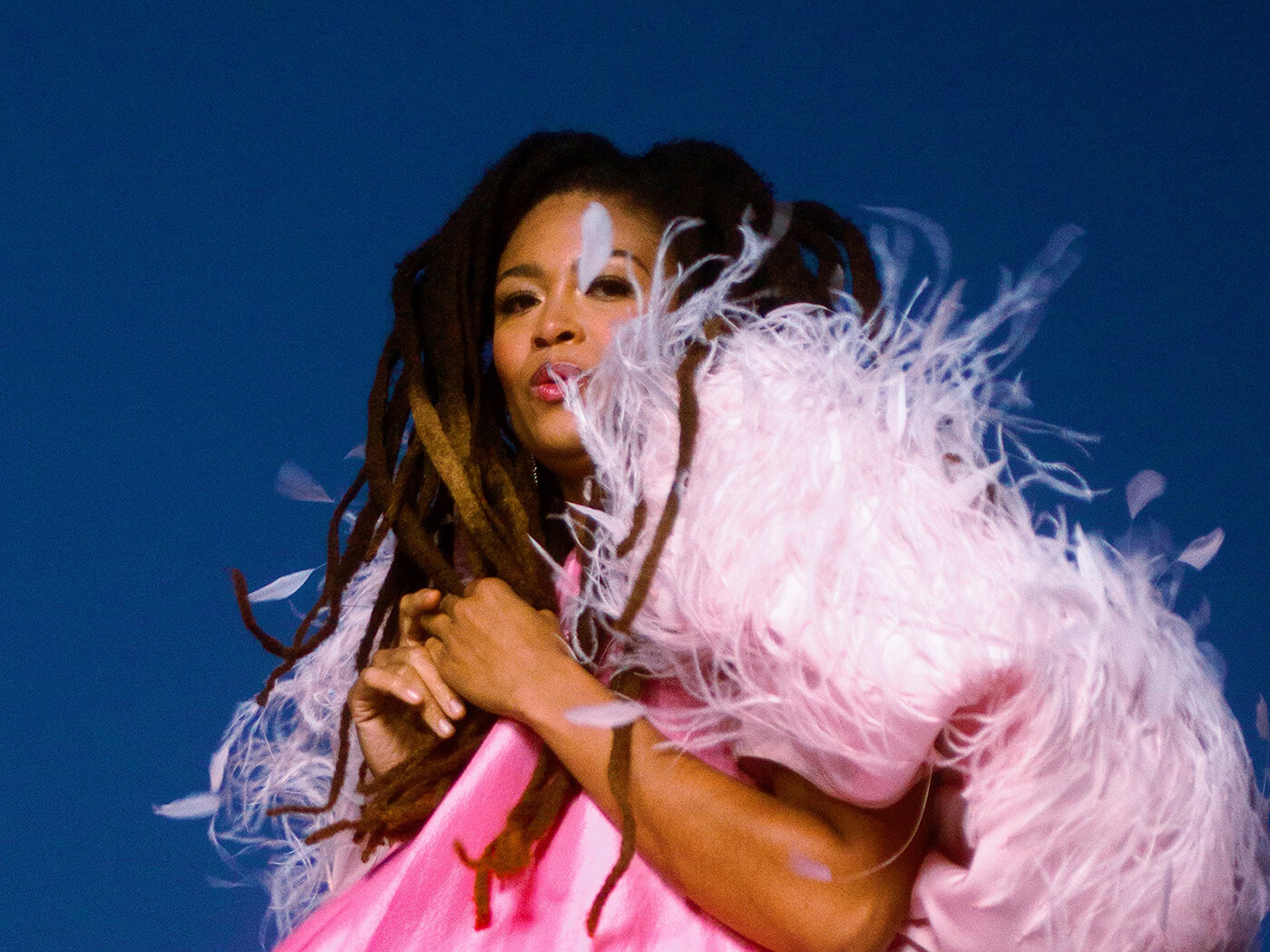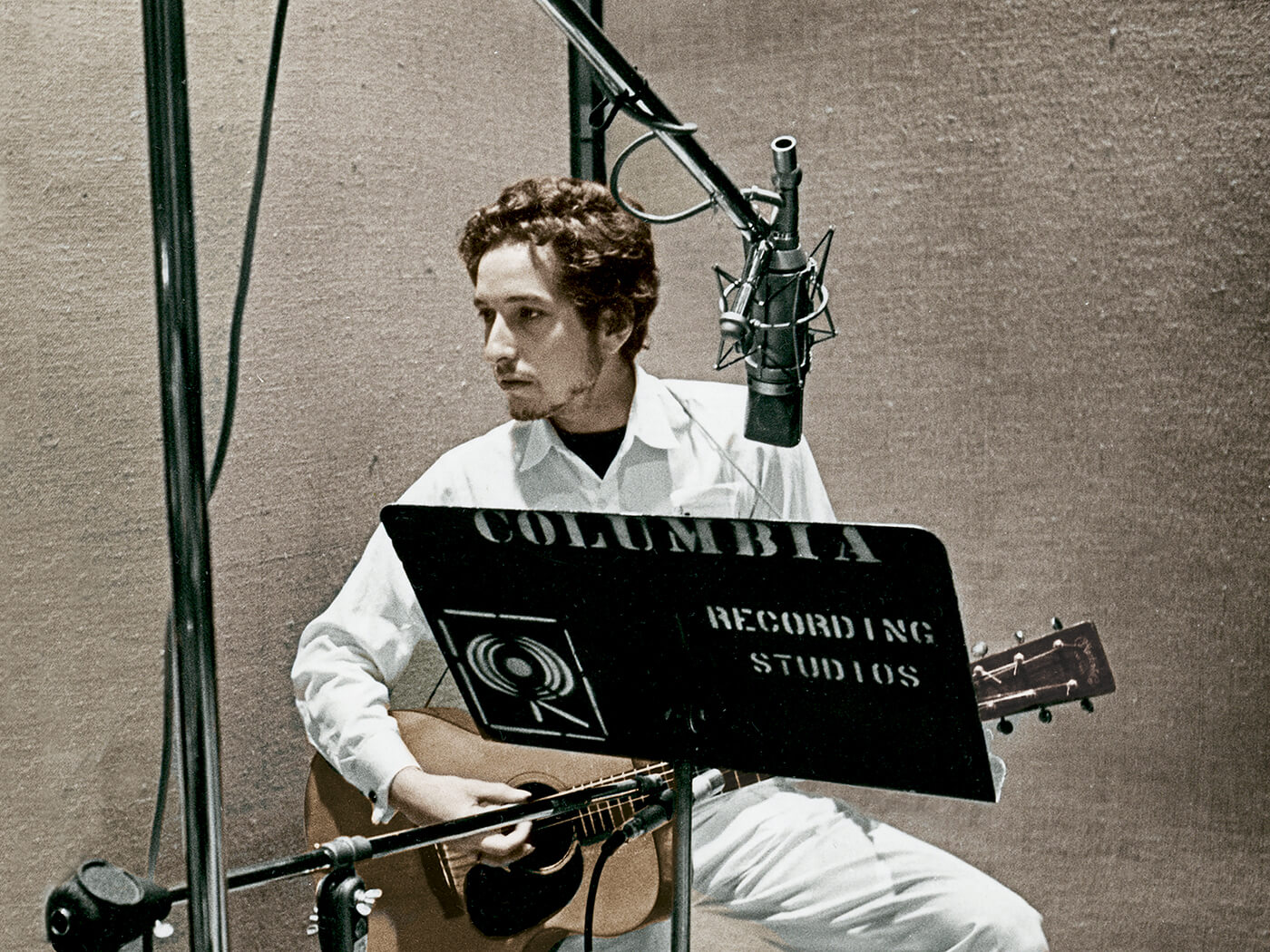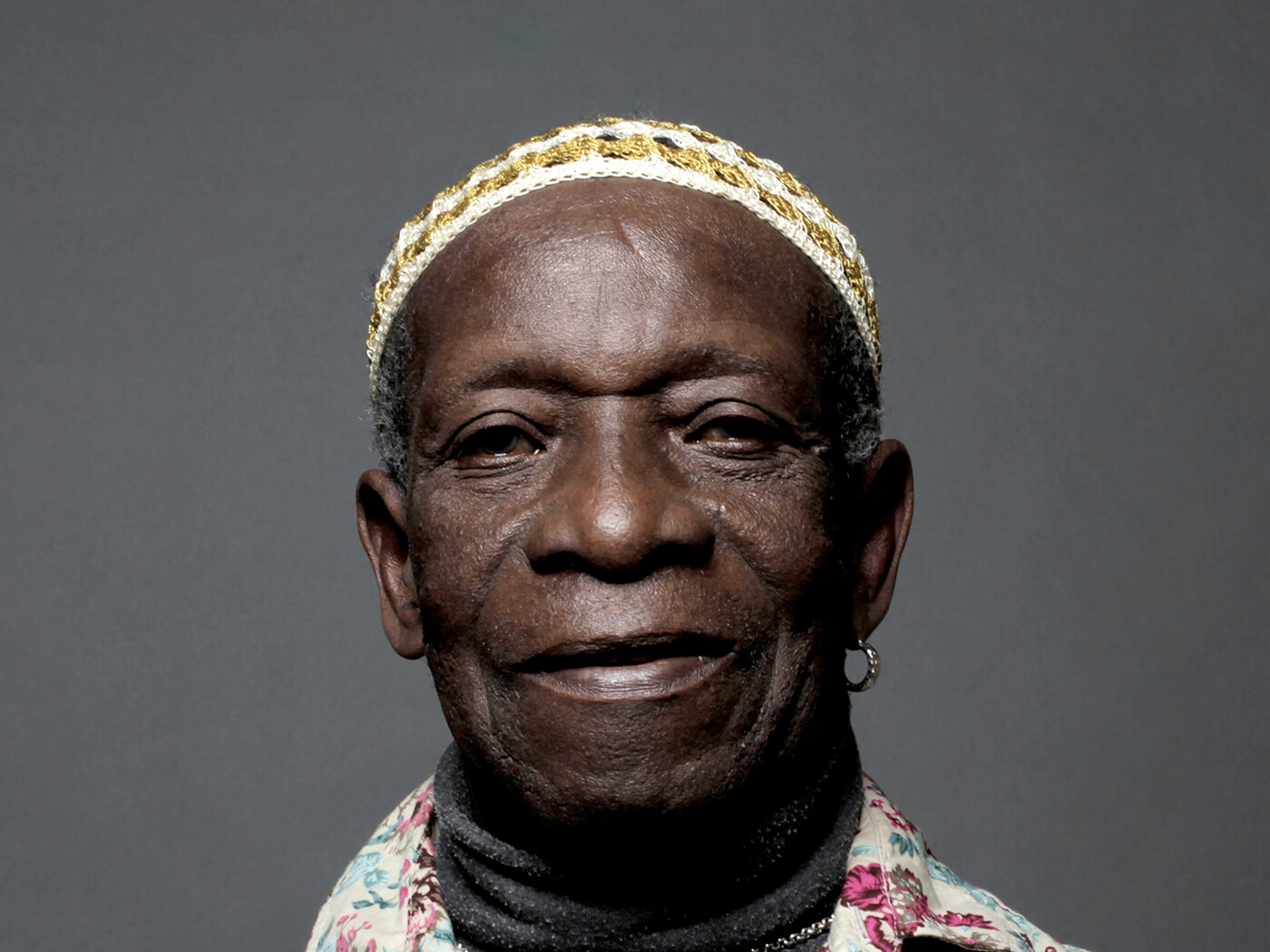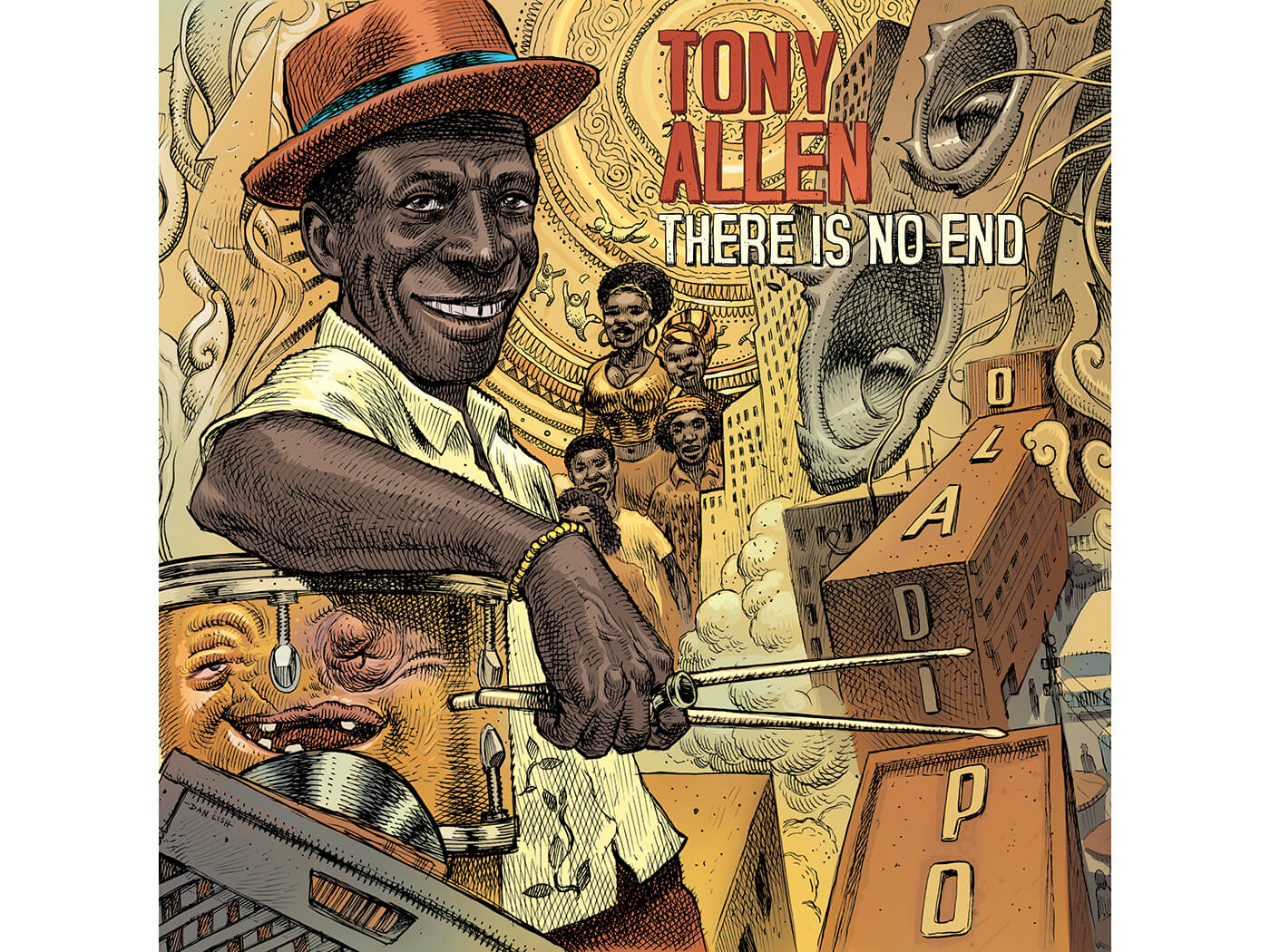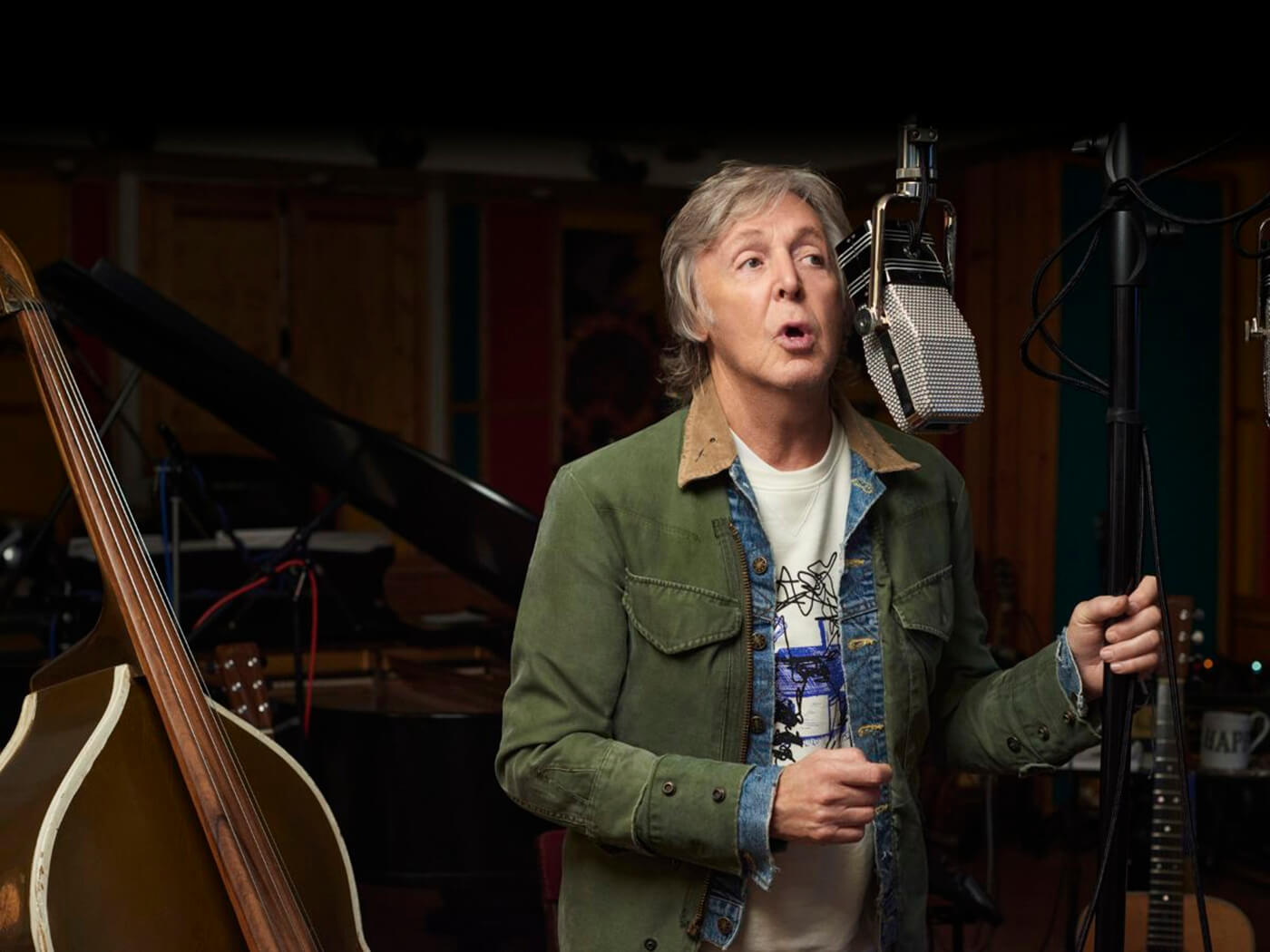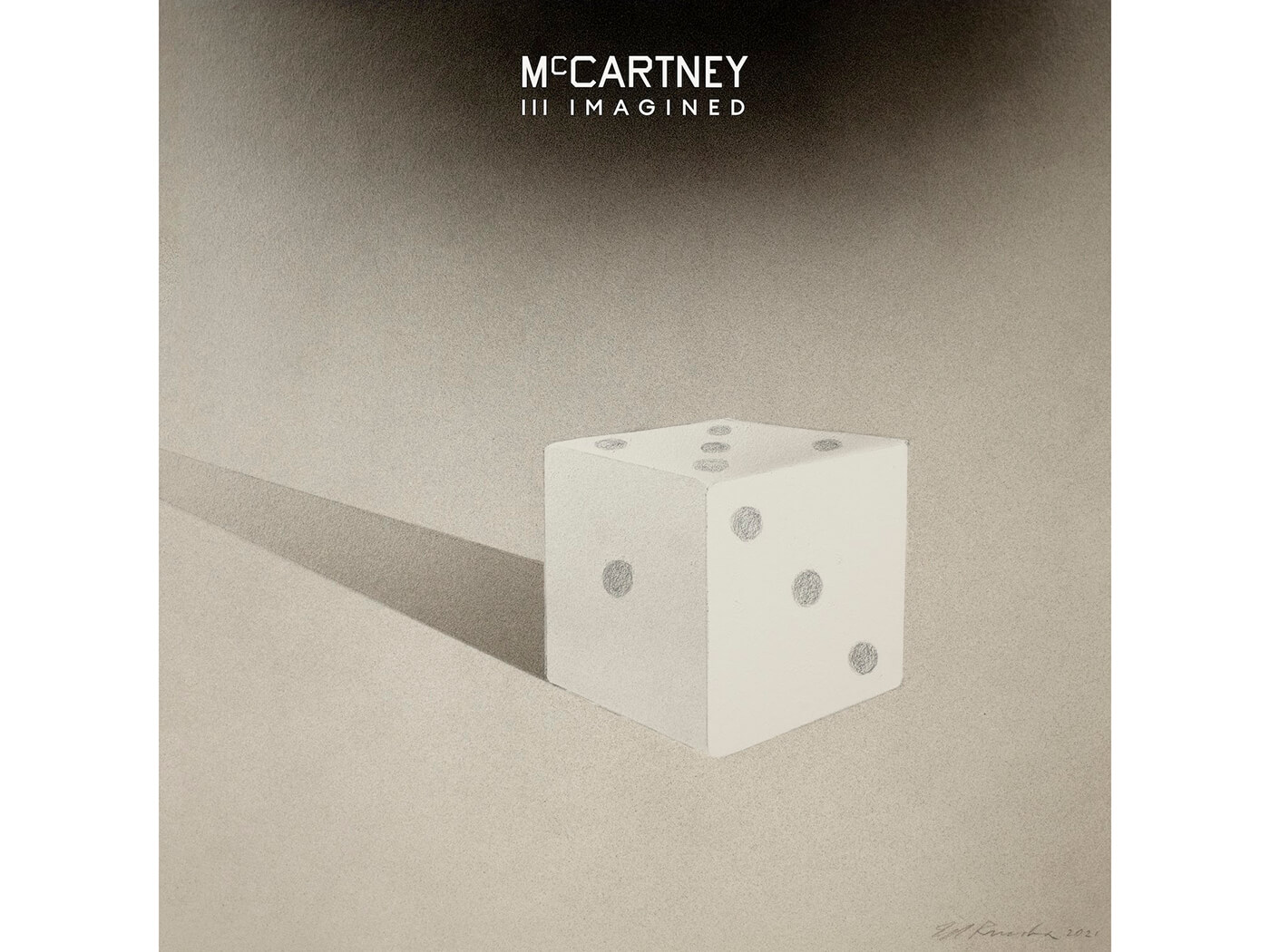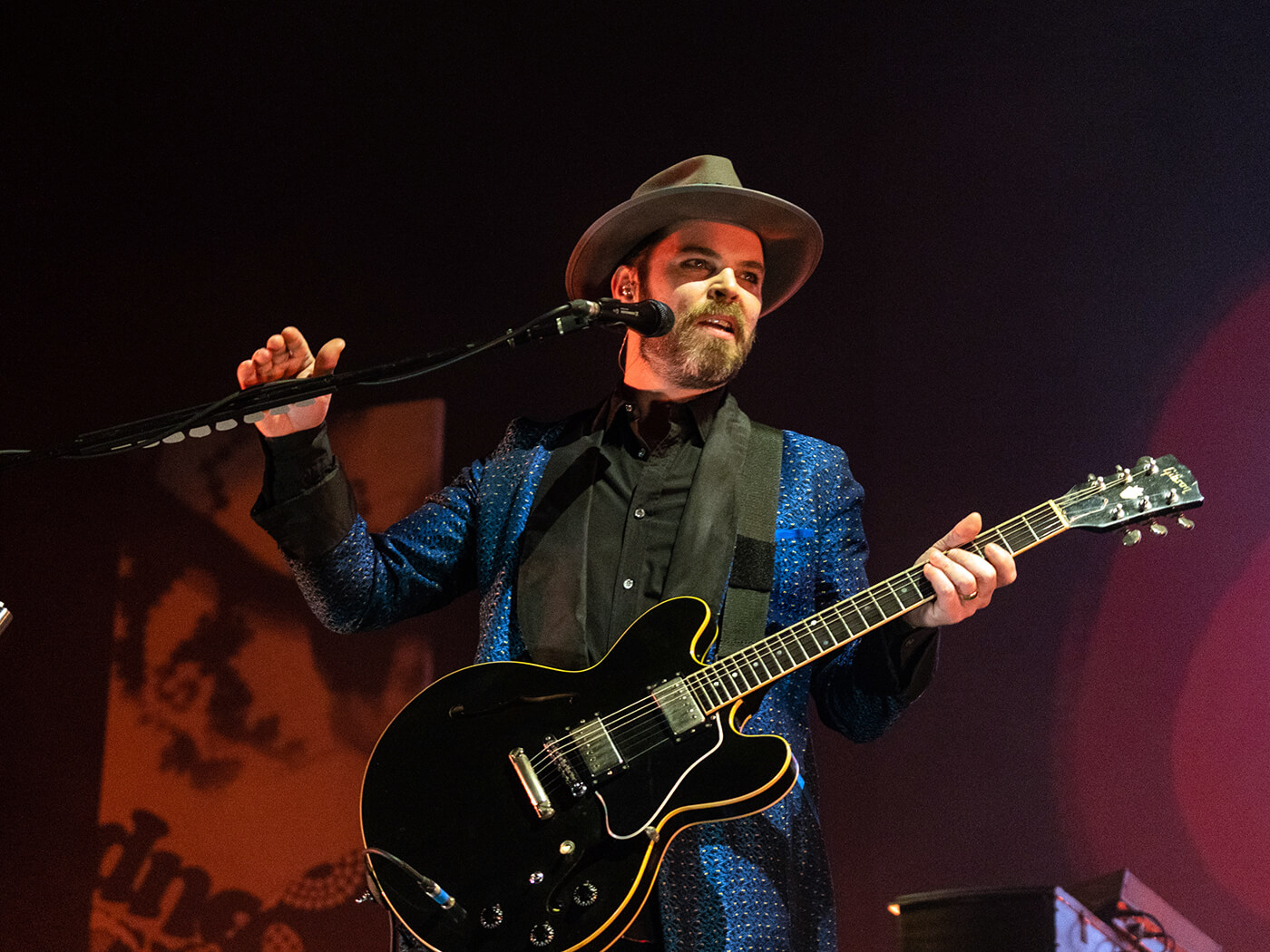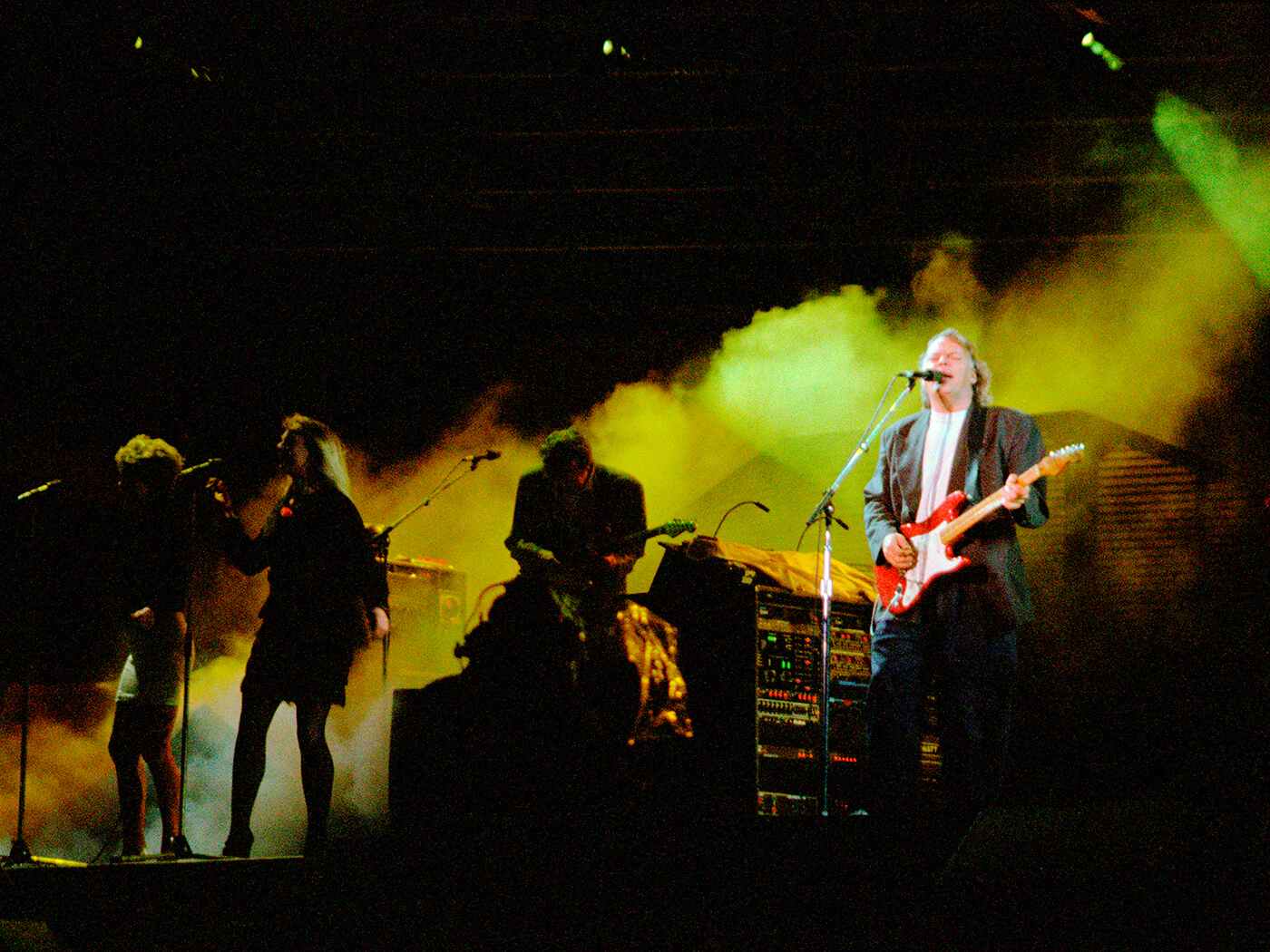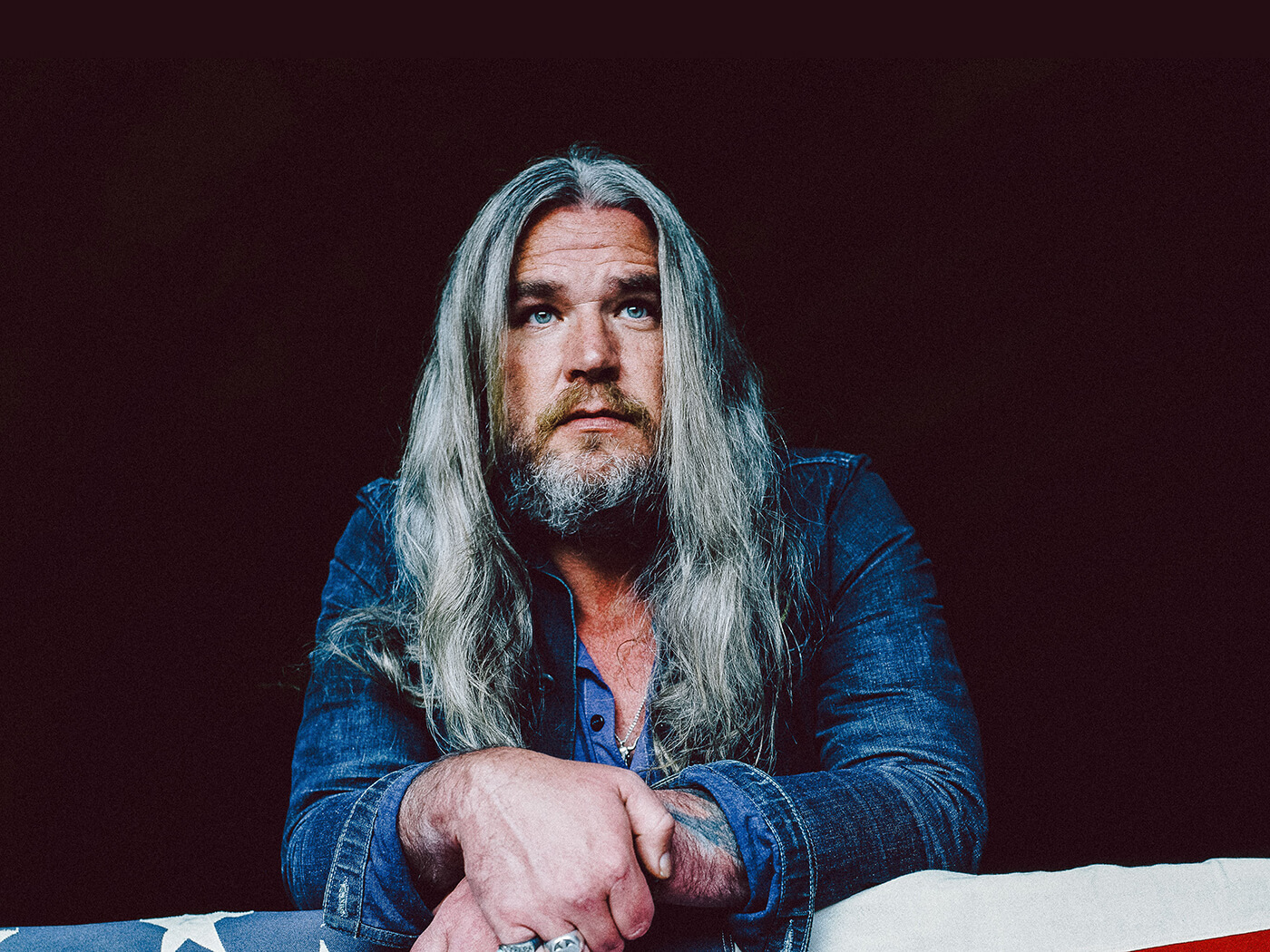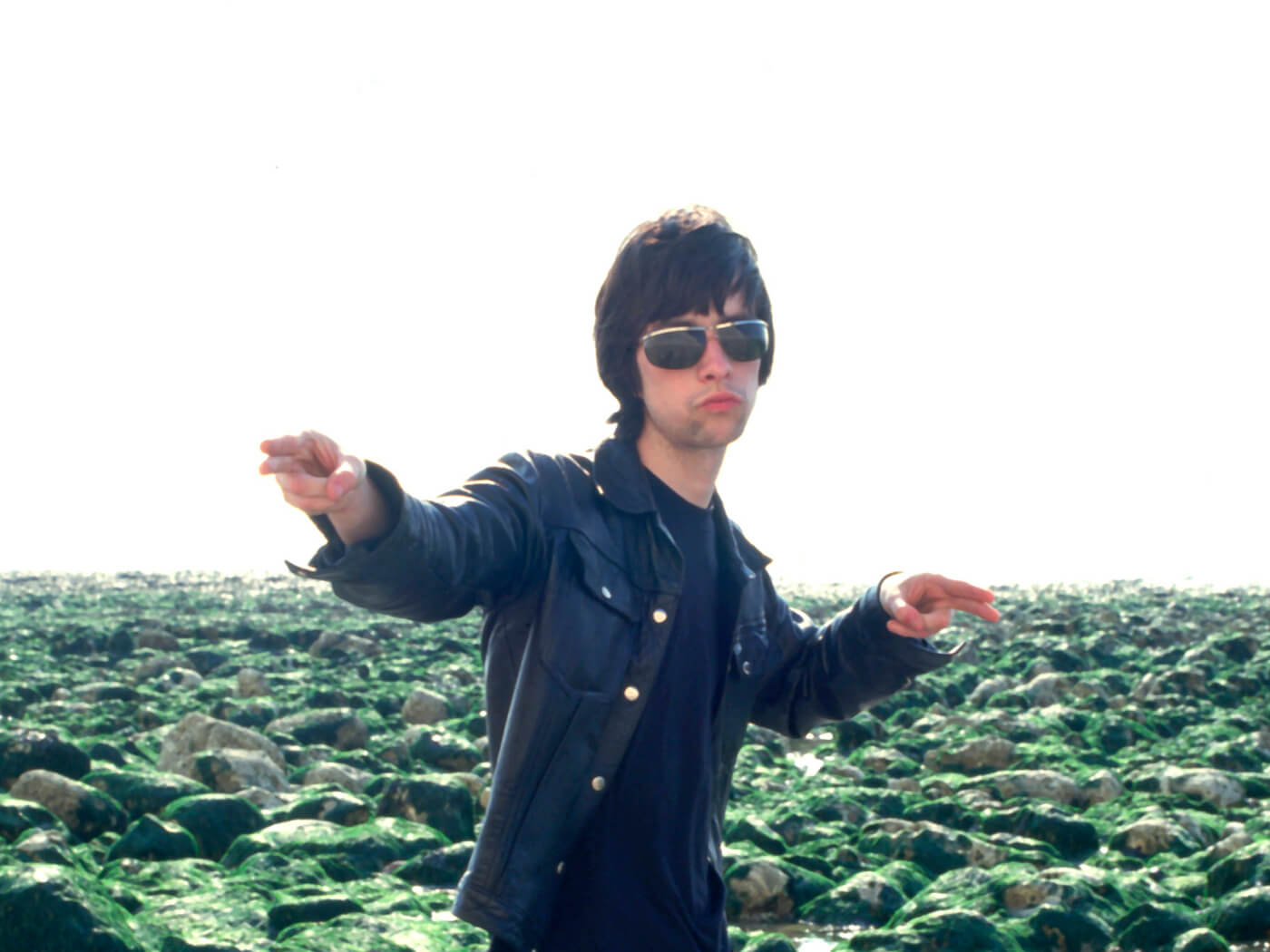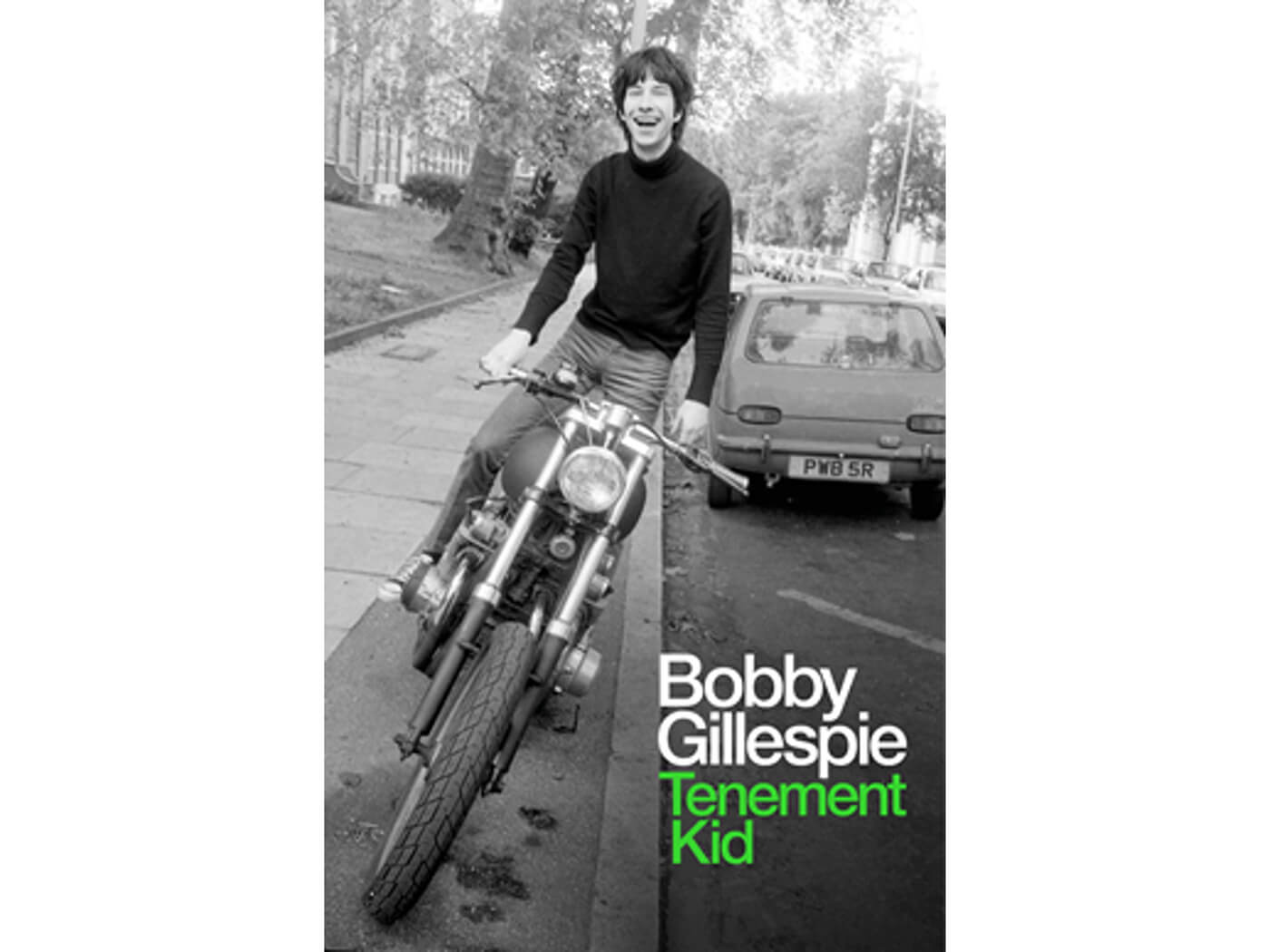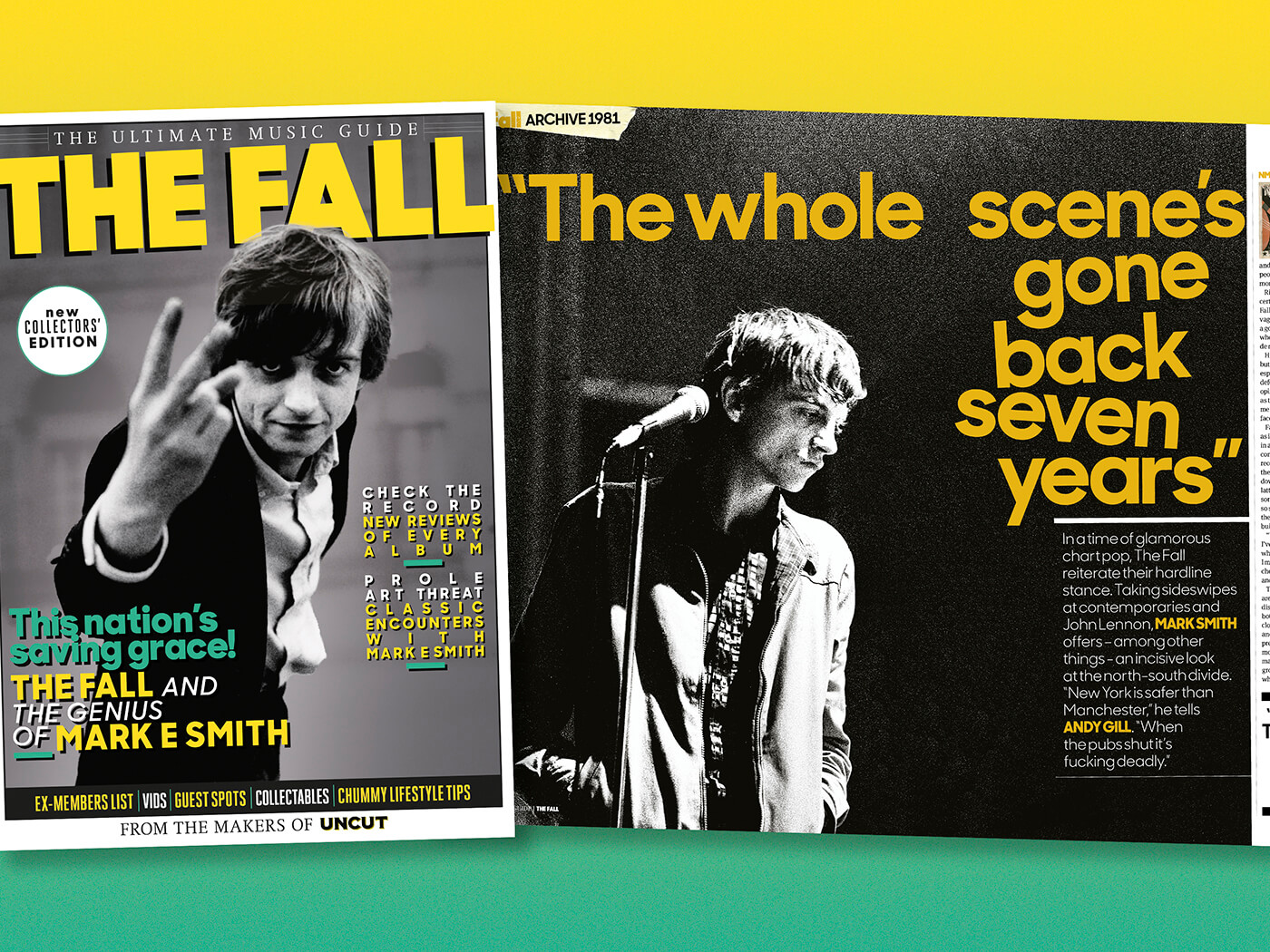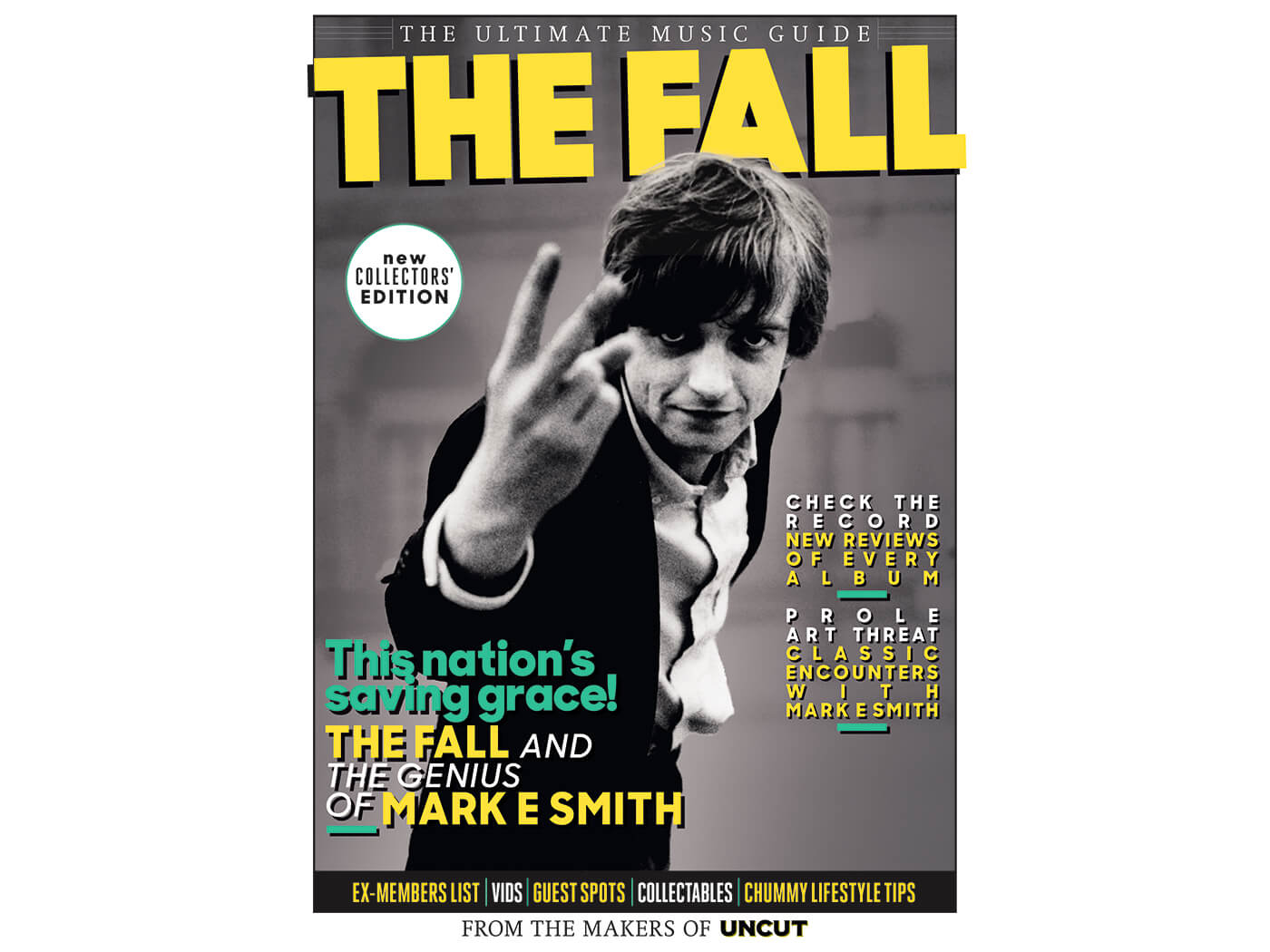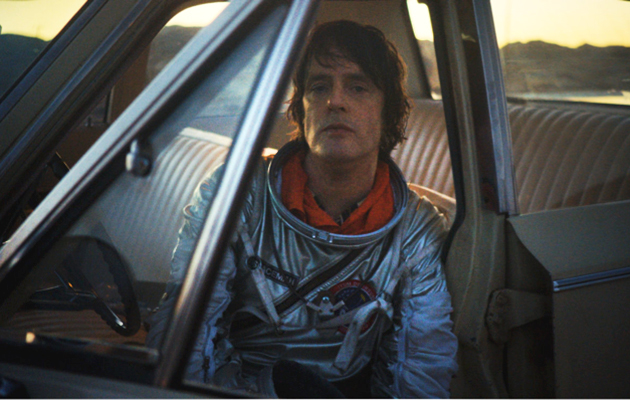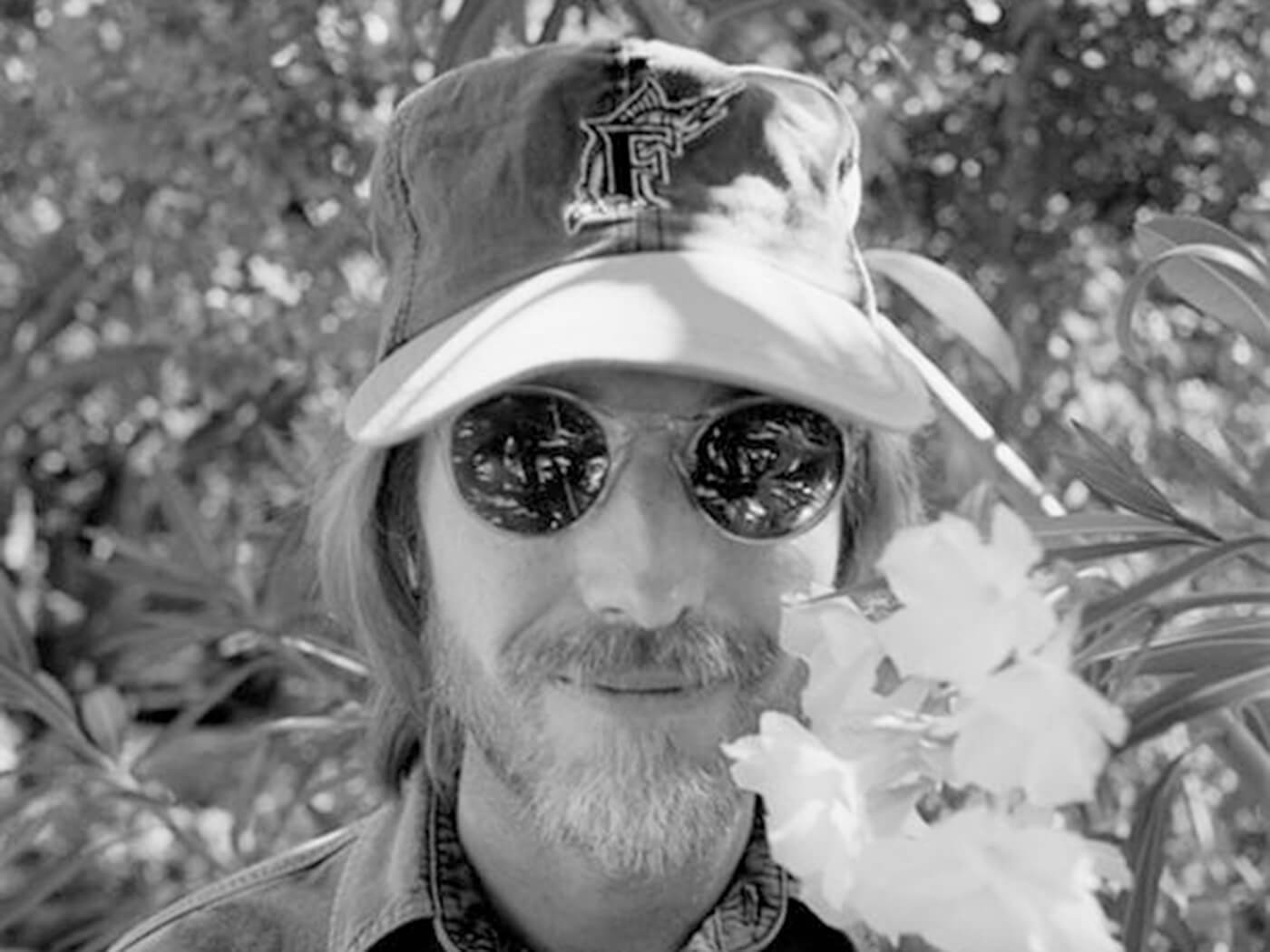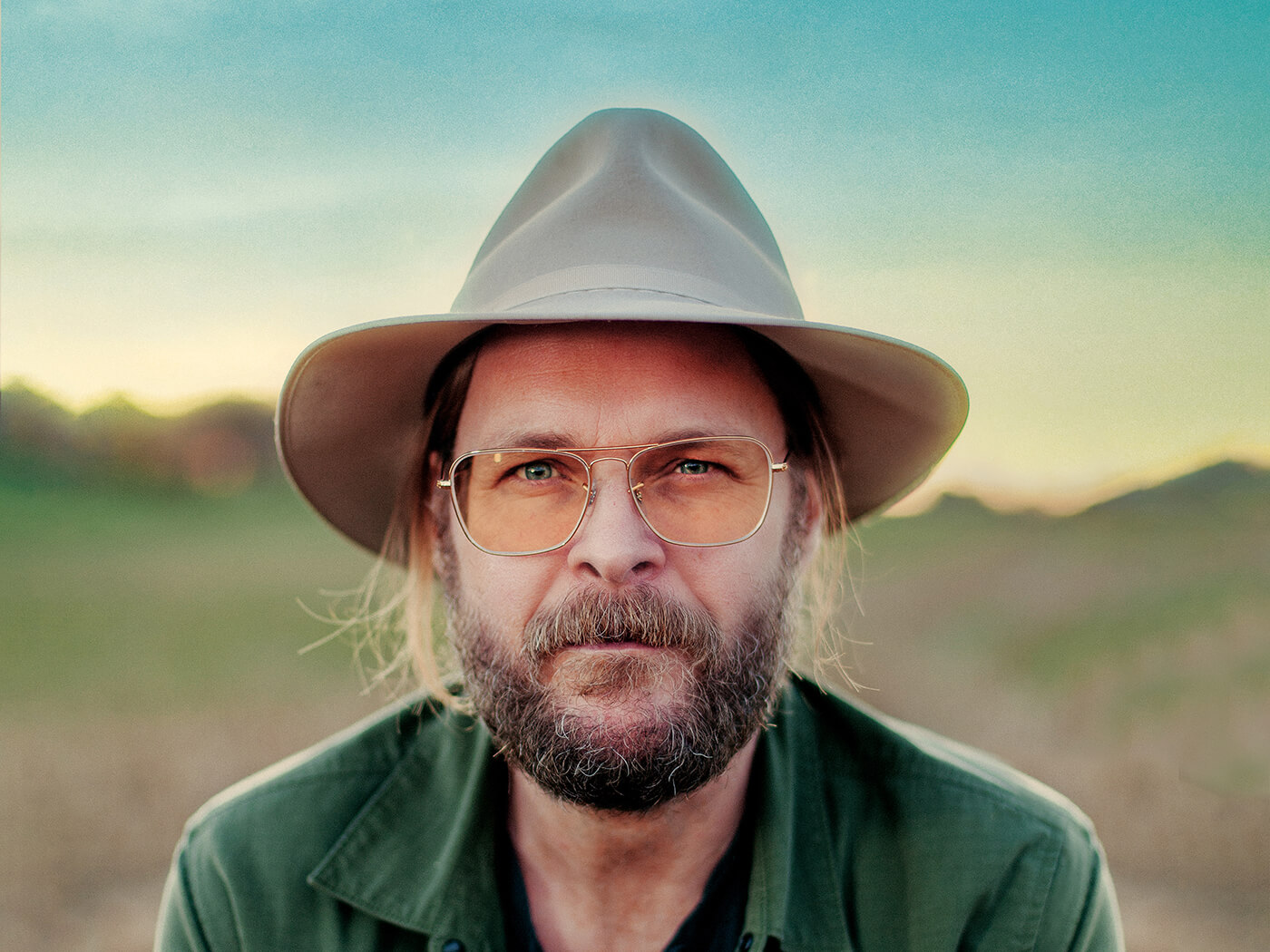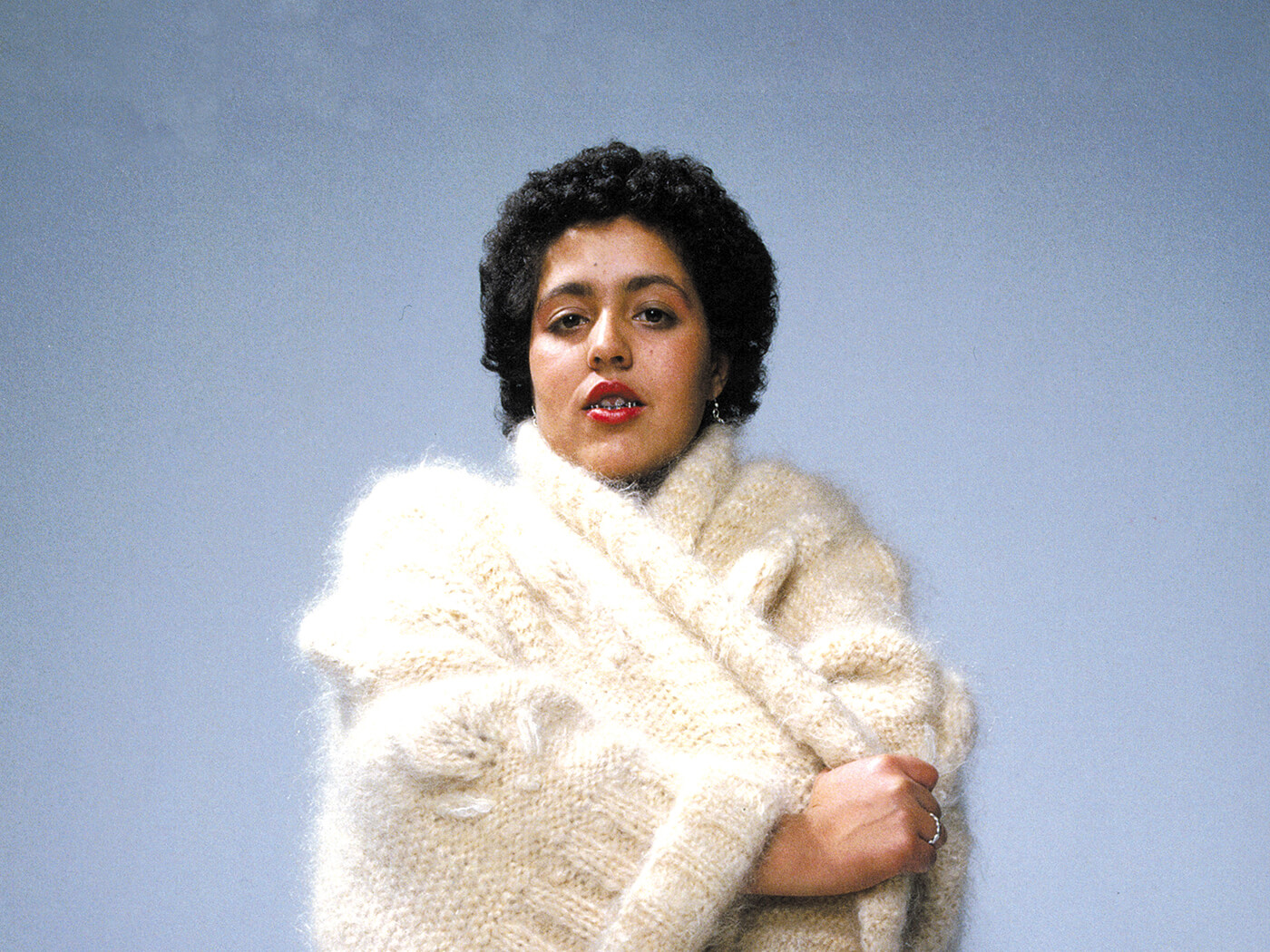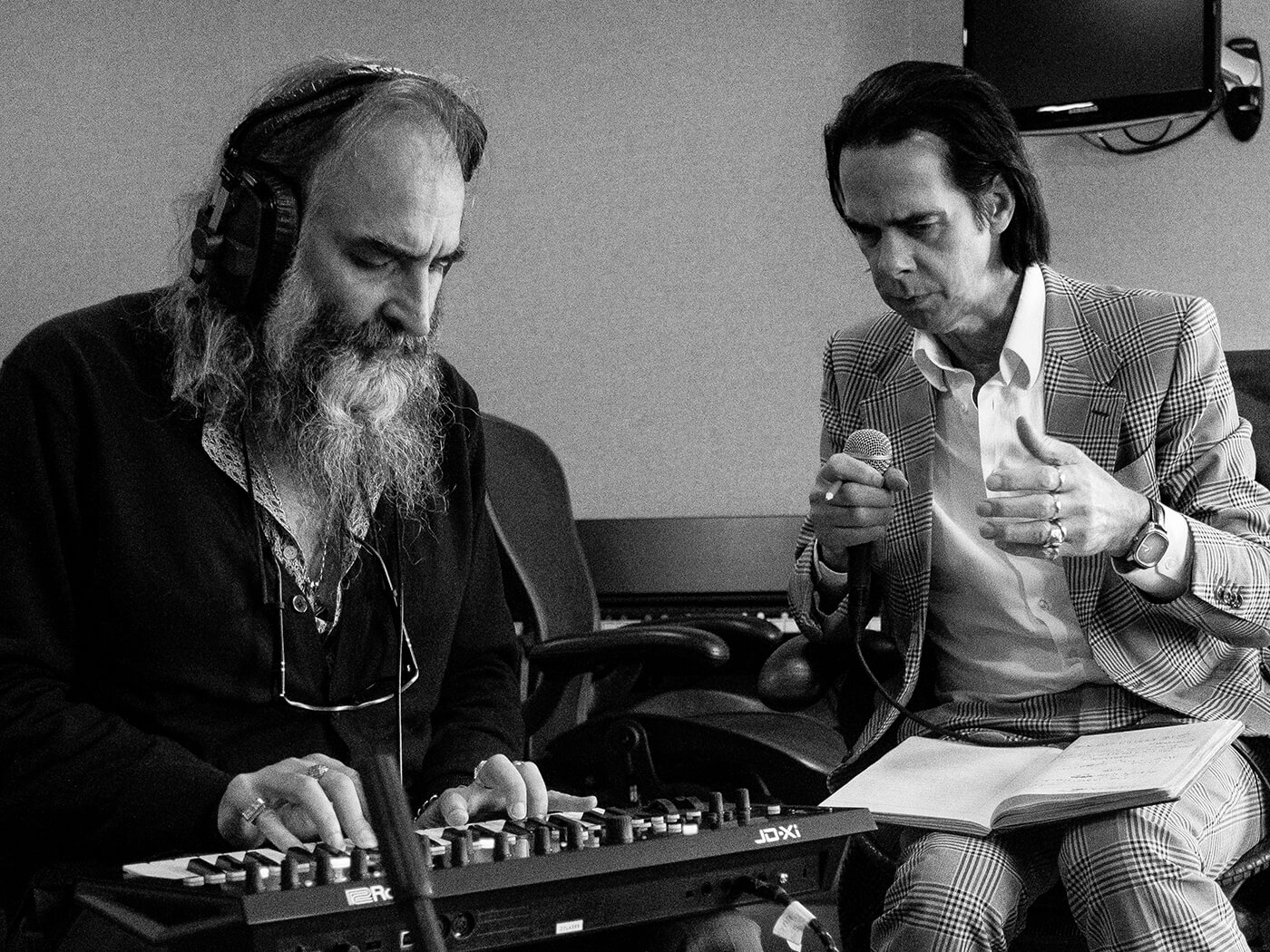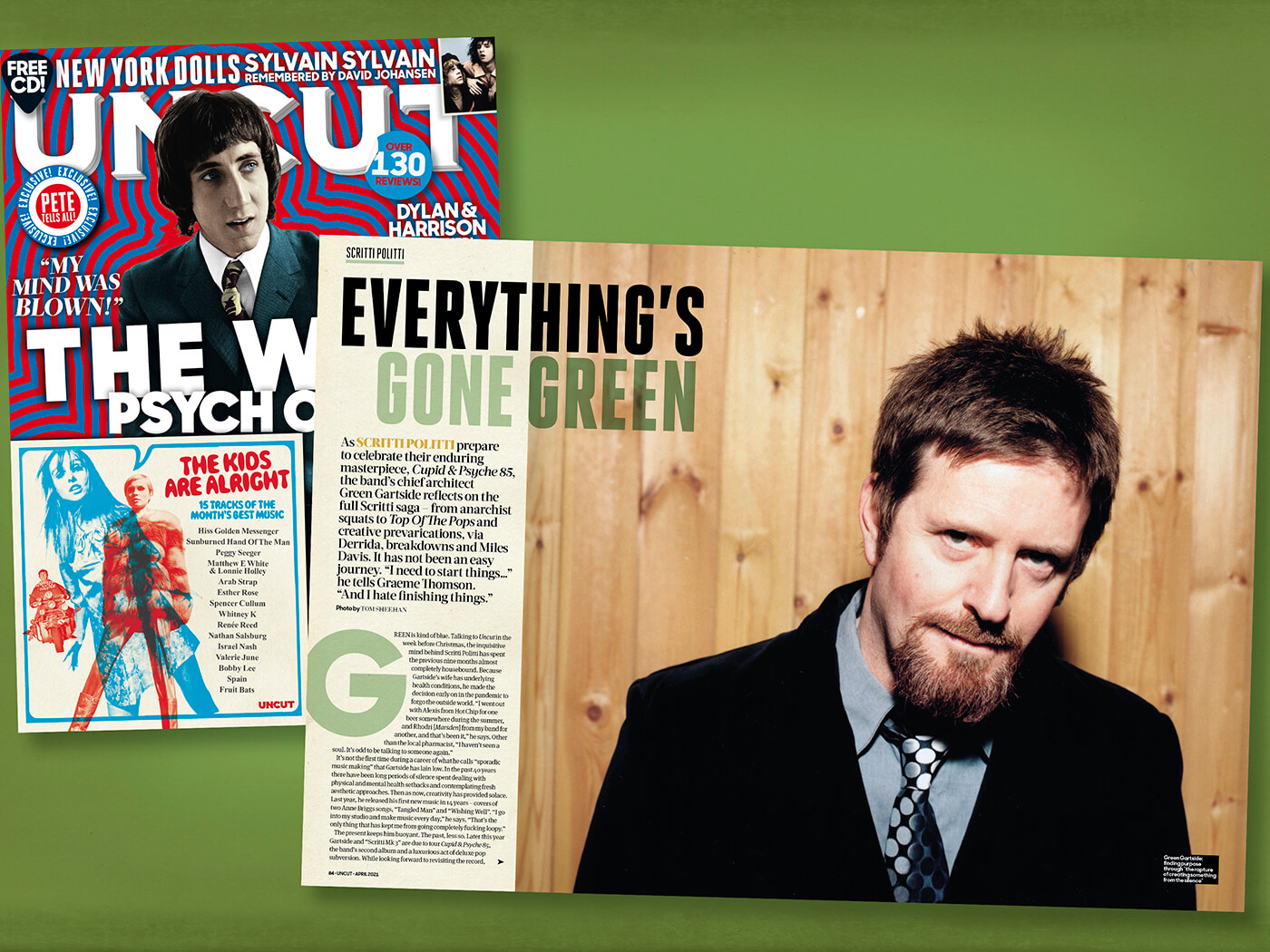In late Autumn, the Tennessee-born songwriter Valerie June took to YouTube, live from her home in Brooklyn, NY. Seated fireside, and cross-legged, with an acoustic guitar, June wore two pink carnations in her dreadlocked hair and played “Stay”, the first track from her new record.
Midway through the performance, still strumming, she told how her father had passed away on this very date four years earlier. “He died on the largest supermoon of the year!” June said, beaming, before taking a more philosophical turn: “As we think about impermanence, I’d like to invite all the lights and the spirits that are all around… Invite that energy!”
As album campaign launches go, it was unusual. But The Moon And Stars: Prescriptions For Dreamers is an unusual record, one that draws together a diverse array of influences – guided meditation, Fela Kuti, Sun Ra, Memphis soul, racial oppression, pedal steel and Tony Visconti among them, and somehow weaves them into one of this year’s most exceptional offerings.
June never was wholly predictable. Her first two records – 2006’s The Way Of The Weeping Willow, and its 2008 successor, Mountain Of Rose Quartz, were downhome Appalachian-tinged recordings, trad tales of ramblers, gypsies, crawdads, strung over banjo, guitar and lap-steel. Their freshness came in June’s quite singular voice: an instrument that is somehow radiant yet dusky, sweet yet briny, a marriage of contradiction and delight.
It was 2013’s Pushin’ Against A Stone, produced by The Black Keys’ Dan Auerbach, that first showed the full scope of June’s voice, setting it against brass, soul, blues, bluegrass and girl-group cadency, and finding she sounded equally at home in all of them. Four years later, The Order Of Time was a more intimate, half-conversational affair, that voice muted and meandering, but oddly all the more heart-rending for its new restraint. The album drew wide critical acclaim and the admiration of Bob Dylan.
The Moon And Stars feels a more fully realised project, more wide-ranging and self-assured than its predecessors. Its 14 tracks offer a loose lyrical narrative of the path of the ‘dreamer’ – the conjuring of self-belief, the setbacks, the sorrows, the strength to rise again. In and between, June introduces moments of sonic contemplation that on first listen prove unexpected; it is a brave album that follows its opening track with a 55-second wordless meditation – a wind-chimed, otherworldly deep breath before the heart-thumping, percussive scurry of “You And I”.
If this seems like mere affectation, it should be noted that June regards this album as something of a personal manifesto; a statement about her own dream of making music, and the sheer determination it has at times taken to continue. Accordingly, she sought to imbue the recording process with a sense of ritual – the studio bedecked with fresh flowers (a nod, apparently, to the writer Clara Lucas Balfour’s claim that flowers are “the stars of the earth”), sessions booked to coincide with the full moon, and any number of other attempts to bring an air of poetic ceremony.
It’s not wholly outlandish to say that these acts of blessing can be heard on these songs. There is a startling iridescence to this record, there in its shimmers of flute, organ, mbira, Mellotron; in the bright guitar of “Fallin’”, the incantatory quality of “Within You”, in the transcendental tones that Jack Splash (Alicia Keys, Kendrick Lamar, John Legend), co-producing with June, brought to its palette.
At the heart of the album a brief track named “African Proverb” presents the adage “Only a fool tests the depth of the water with both feet”. The line is delivered by Stax legend and Queen of Memphis Soul, Carla Thomas, who provides guest vocals on the song that follows, “Call Me A Fool”. The meeting of June and Thomas’s voices is one of the album’s great treasures; one Tennessee singer handing the baton to another, perhaps, or Thomas’s presence at the very least suggesting that at one point she made a young, black, Memphis woman’s dream of musical success seem more tangible.
June has previously noted her admiration for Oprah Winfrey, and close examination of the lyrics here might seem to suggest a familiarity with the Winfrey school of self-empowerment: “The thought is the intention”, she sings on “Stay”, or as she states on “Home Inside”: “Earth is a school/To shine is why you came”. Such is June’s gift, however, that her voice is capable of turning the potentially platitudinous into the profound.
In the past, June’s singing has been likened to that of Wanda Jackson, Shirley Goodman, Erykah Badu, but if there is a more obvious vocal comparison it is arguably Van Morrison; June and Morrison’s voices share a similar mingling of the sour and the sublime, a scattish propensity for dismantling a word, finding each catch and elongation, the better to convey its emotion. On previous records she captured, both vocally and musically, something of the Saint Dominic’s Preview-era Morrison. On The Moon And Stars, there is more of the sense of wonder and fiery vision of Astral Weeks.
Certainly it shares much of that record’s multi-instrumentalist experimentation. June’s album begins with warm, bright piano and ends in singing bowl, mockingbird, Native American flute, along the way drawing on the string arrangements of Lester Snell (Isaac Hayes, Al Green, Solomon Burke) and the extraordinary percussive talents of Humberto Ibarra. To listen to it feels at once mind-expanding and all-encompassing.
Its idiosyncratic rhythms, moments of density and sudden space, also carry some of the strange tempos of these times: a year in which life seems to move in fits and starts, when there has been world enough and time for contemplation, rumination, dreams.
The album captures, too, some of the tectonic cultural shift of the past year. June, who in the lead-up to the US election curated a voter mobilisation livestream featuring Brittany Howard, Rhiannon Giddens and Black Pumas, has said that the track “Smile” is a statement of how, as a black woman, she believes that “positivity can be its own form of protest” – something that can never be taken from the oppressed.
Certainly, releasing an album about a return to the importance of dreaming just as the American dream stands at its most tarnished seems something of a radical act. Make no mistake, these songs are beguiling, comely, sweet; but beneath their resonant beauty, June has given us an album that is powerfully, elegantly subversive.


